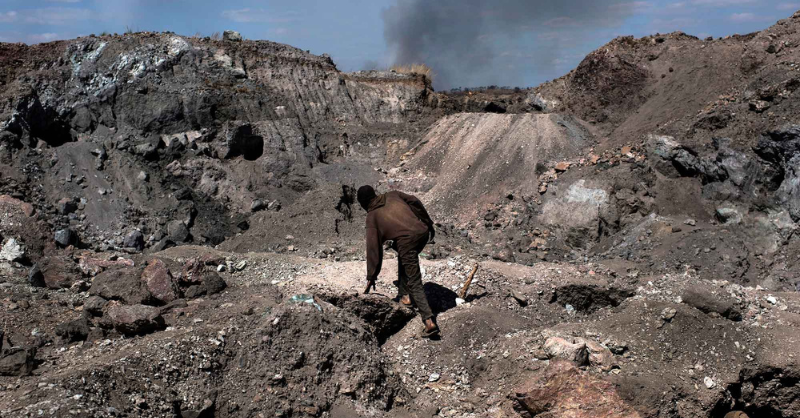
Can the big miners fix artisanal mining?
Rob Karpati, from The Blended Capital Group, has been guest writing blogs for us on artisanal mining. Feedback we frequently get is 'thanks, we now get the problem, so what can we do'. Formalisation is the preferred pathway, but how to best deliver it?
Over the last few months, Rob Karpati, from The Blended Capital Group, has been guest writing blogs on artisanal mining - one of the tougher challenges in sustainability. One piece of feedback we frequently get from people who have read his writing is 'thanks, we now get the problem, so what can we do'. And so this blog is about providing part of the answer. Formalisation is the preferred pathway, but how to best deliver it?
As with most sustainability topics, the real world answer is complicated. Government's have a clear role, as do NGO's and multilateral agencies, including providers of aid. But they cannot do it on their own. In some cases government led action has been patchy, and building consensus through multi lateral agencies can be slow. Another potentially big part of the solution is the involvement of the large scale miners. They obviously have the resources, and arguably they have the motivation.
Yes, they cannot do it on their own but .....

The detail
Summary of a study published in The Conversation
- Artisanal small-scale mining has been practised in Ghana for over a century. In 2018, small-scale miners generated 2.1 million ounces of gold, accounting for 43.1% of total gold production in the country. The sector employs 60% of Ghana’s mining workforce. But this production has come at a cost: water pollution, land degradation, the destruction of agricultural fields, and the discharge of hazardous elements like mercury into soil and water.
- Over the years, Ghana’s government has attempted to formalise artisanal mining operations. It has tried a complete ban on their operations, military interventions, dialogue, alternative livelihood programmes and community mining. But each intervention has brought a corresponding change in strategy by the miners. The net effect is that they haven’t worked.
- The study concludes that command-and-control strategies don’t work. This is because they don’t involve effectively consulting and involving affected communities. They are short-lived and unplanned. They do not address the underlying causes of the problems associated with informal mining.
Why this is important
- In his earlier blogs Rob Karpati has highlighted the scale of global artisanal mining, the problems that it creates, and the fact that some progress is already being made on the solutions.
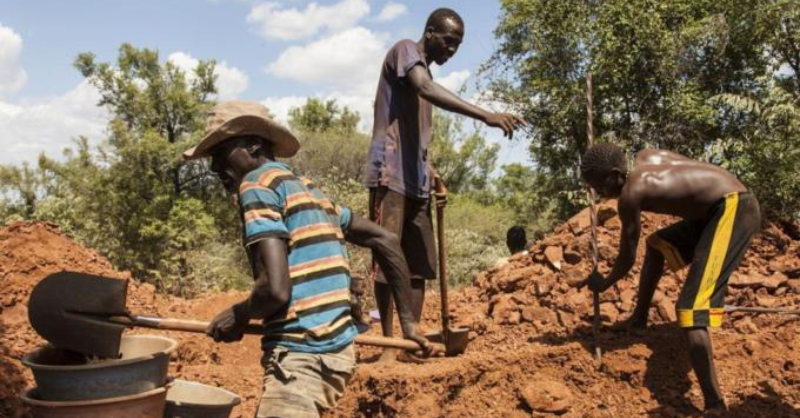
Before we bring in Rob, some thoughts of our own.
- These thoughts are as financial people, not artisanal mining experts (that is where Rob comes in). We start from the point that we need mining, not just for our sustainability transitions, but for our lives generally. So, as investors, part of our role is to ensure that the business model's the mining industry follows are sustainable. We are very aware that the 'to do' list of active investors (asset owners and asset managers) involved with the sector is already long. But, we do see an important role for the large scale formal miners in helping to solve the artisanal mining challenges. And we think it is in their best interests to do so. We know this is a view that many in the mining industry share, including the ICMM.

- The article highlighted above illustrates the challenges that top down government led action can face. The solutions can sound good in a policy document, but sometimes they just don't deliver the outcomes on the ground. Sticking with the Ghana example for a bit, artisanal and small scale mining has a long history in the country. In 1989 the government recognised its legitimacy through the Small-scale Mining Act (PNDCL 218), later integrated into the current Mining Act 703 (2006). The act provided a blueprint for the sector's formalisation, and it also reserved small-scale mining for Ghanaians.
- Then, in January 2016 Ghana hosted a multi-stakeholder ‘action dialogue’ on artisanal and small-scale mining. This was the first of a global dialogue series on Artisanal & Small Scale Mining (ASM). These were run by the International Institute for environment and Development (IIeD) to facilitate the rights-based formalisation of ASM within a more inclusive and responsible mining sector.
- Despite this, progress on formalisation is slow. One example is around license's. The law requires prospective local miners to apply for a licence to mine up to 25 acres of land in designated areas. But, only a small segment of small-scale miners can raise the amount of money required to become formal operators. A prospective small-scale mining licensee could spend at least US$4,000 to secure the requisite legal status, a prohibitively large amount for many artisanal miners.
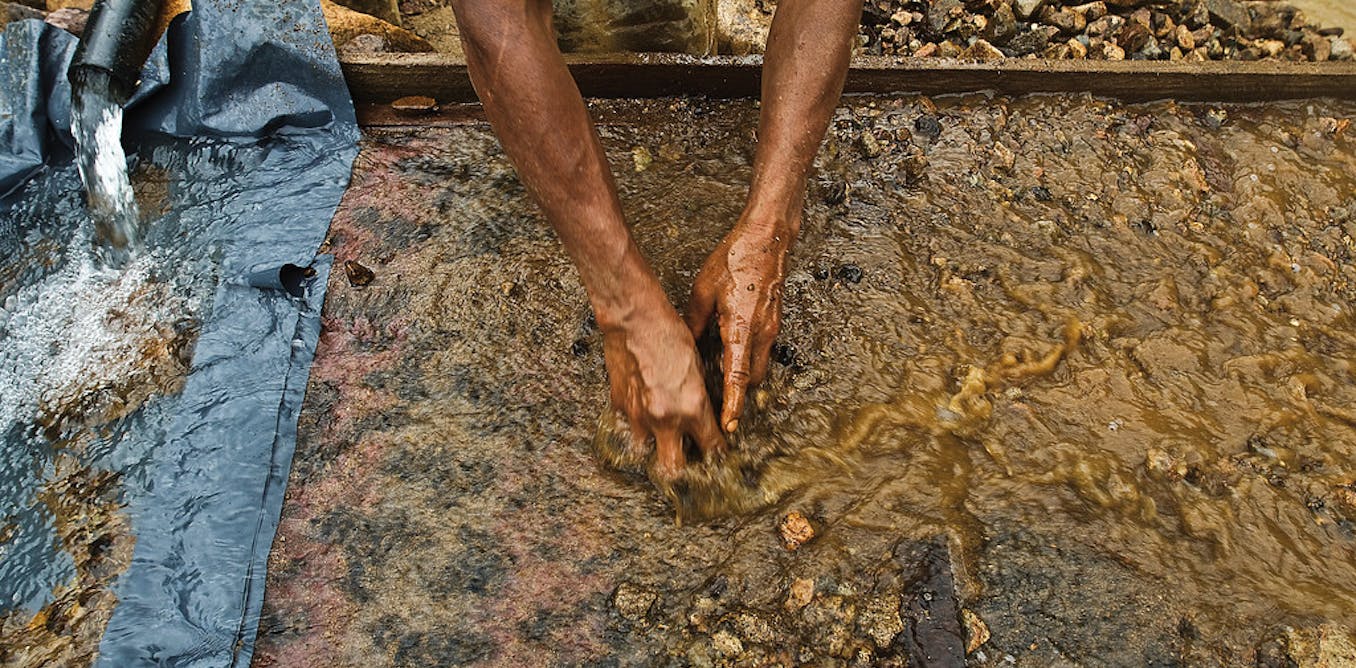
- At a multi-lateral level, the UN Mining 2030 Investor Commission is spear-heading the development of standards and flexible frameworks that will be instrumental for step-changes in investment. The focus is on developing a global consensus across the finance and corporate world on a range of topics from mine tailings, through child labour, to artisanal mining. These are really important topics to get agreement on.

What about the large scale mining companies?
- To this mix (multinational agencies, NGO's and governments) we can also add the large scale miners. You might think that this is not their problem, that we shouldn't drag them into the debate just because they have deep (financial) pockets. But as the The Global Investor Commission on Mining 2030 states, their role is (in part) to ...
consider key systemic issues faced by the mining sector that currently challenge, or could challenge, existing good practice and the sector’s social licence to operate.
Helping to fix the negative public and investor perceptions of the industry, including those created by the challenges faced by artisanal miners, feels like its going to be an important part of the sectors future license to operate. And as we frequently highlight, we are going to need more mining of certain materials, which means generating community support.
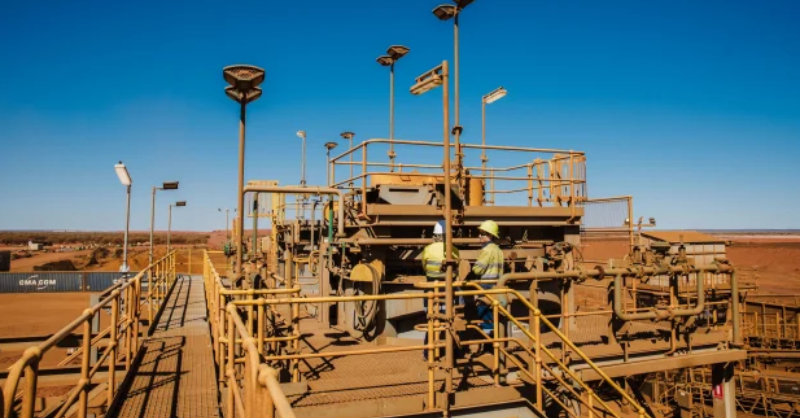
We now hand over to Rob Karpati from The Blended Capital Group. This is the fourth blog that Rob has written for us on this topic. In it he explores how artisanal and large scale mining interact. The rest of the blog is from Rob, unlike earlier blogs we have added all of our thoughts in the introduction, leaving Rob's words to read as he intended.
Large Scale and Artisanal Mining – Intersections that Invite Collaboration - Rob Karpati
Artisanal and large-scale mining are different sub-sectors of mining, operating largely independently of each other on different scales, in different ways, with differing business and social dynamics.
Although different, the two sub-sectors are intersected in many ways that make them explicitly related to each other. Opportunities for collaboration exist that can significantly lower risks while enhancing productivity for large scale projects while enhancing the dignity of work and productivity of artisanal miners.
On the surface, the two sub-sectors appear very different. ASM generally occurs at or within a few feet of ground-level, is highly informal, involving individuals or small numbers of individuals working in cooperation, who are largely operating informally, without access to financing, equipment, or training on best practices. As a result of this context, artisanal miners are often faced with very challenging environments where safety, human rights and dignity of work are inconsistent. Large scale mining (LSM) is a mirror image of ASM in many ways, with mining taking place well below ground-level, conducted in formal ways through structured organizations. Financing, equipment, and training are integral to large scale mining operations.
There are 7 million individuals working globally in large scale mining operations, as well as 45 million artisanal miners. Although large scale mining produces the clear majority of minerals that we consume, ASM is economically significant, producing approximately 20% of global gold, 80% of sapphires and significant quantities of copper and cobalt.
Legal frameworks are significantly different across the two sub-sectors. Large scale mining companies are formally operated, with clear legal protections, contract-bound business relationships with suppliers and customers as well as clear paths for confirming land rights acquisitions. ASM is often deemed illegal, informal operations where legal protections are lacking, and where land used for mining is not codified based on formal concession land right acquisitions.
Large scale and artisanal mining are intersected in several ways:
- ASM often takes place on the land concessions of large-scale mining projects. With the large-scale project having land rights, artisanal miners are often seen as squatters who lack rights to mine the land
- Artisanal miners are often the front line for exploration. The fact that ASM exists at a particular location supports large company exploration and development activities. ASM is generally not formally recognized as an element of large company exploration activities, which means that artisanal miners are not compensated for the follow-on benefits that result for larger companies as formal projects are triggered
- Artisanal miners are often extensions of communities near large mining projects. ASM was often there first, and the miners are a key stakeholder group related to the broader community when it comes to social engagement activities and the path toward earning social license for larger projects. When artisanal miners are ignored or mistreated on large company land concessions, potential conflict between LSM and ASM can spill over to broader conflict between the large-scale project and communities within the area of influence of the project
Collaboration between LSM and ASM can add value, but relationships all too often tend to gravitate from mutually ignoring each other, through to active conflict. A narrative that is heard all too often in large scale mining is that ASM is illegal, therefore not a collaboration opportunity.
The challenge though for large scale projects is that risks associated with ASM being on their land are real. Risk may symptom as legal and PR challenges that result when artisanal miners on large project formal land concessions face safety, human rights or corruption related issues - the question being why the large mine did not collaborate toward mutual value based on formalization opportunities. At the extreme, relationships can gravitate to outright conflict, potentially shutting down operations due to active violence that can extend into neighbouring community participation.
How can large mining projects collaborate with artisanal miners?
- Engage ASM as a stakeholder group, remembering that artisanal miners may have been there first and may be extensions of neighbouring communities
- Support ASM with training and equipment that targets opportunity areas such as safety that are jointly valued
- Support ASM formalization, where artisanal miners are organized into cooperatives or associations in order to increase predictability of business relationships, dignity as well as productivity of the miners
Large scale mining projects have resources, financing access, expertise, equipment, and social teams that can be deployed on these focus areas. Engagement and formalization support is not about charity or performative gesturing, it is about value given the opportunity to replace potential risks with collaborative productivity opportunities.
The goal is win/win, shifting from potential conflict toward collaboration. For large scale projects, risks are reduced and actually replaced with collaborative productivity. For artisanal miners, collaboration and potential formalization can enhance dignity as well as productivity. For communities in the region of a project, the result can look like sustainable development.
Something a little more bespoke?
Get in touch if there is a particular topic you would like us to write on. Just for you.
Contact us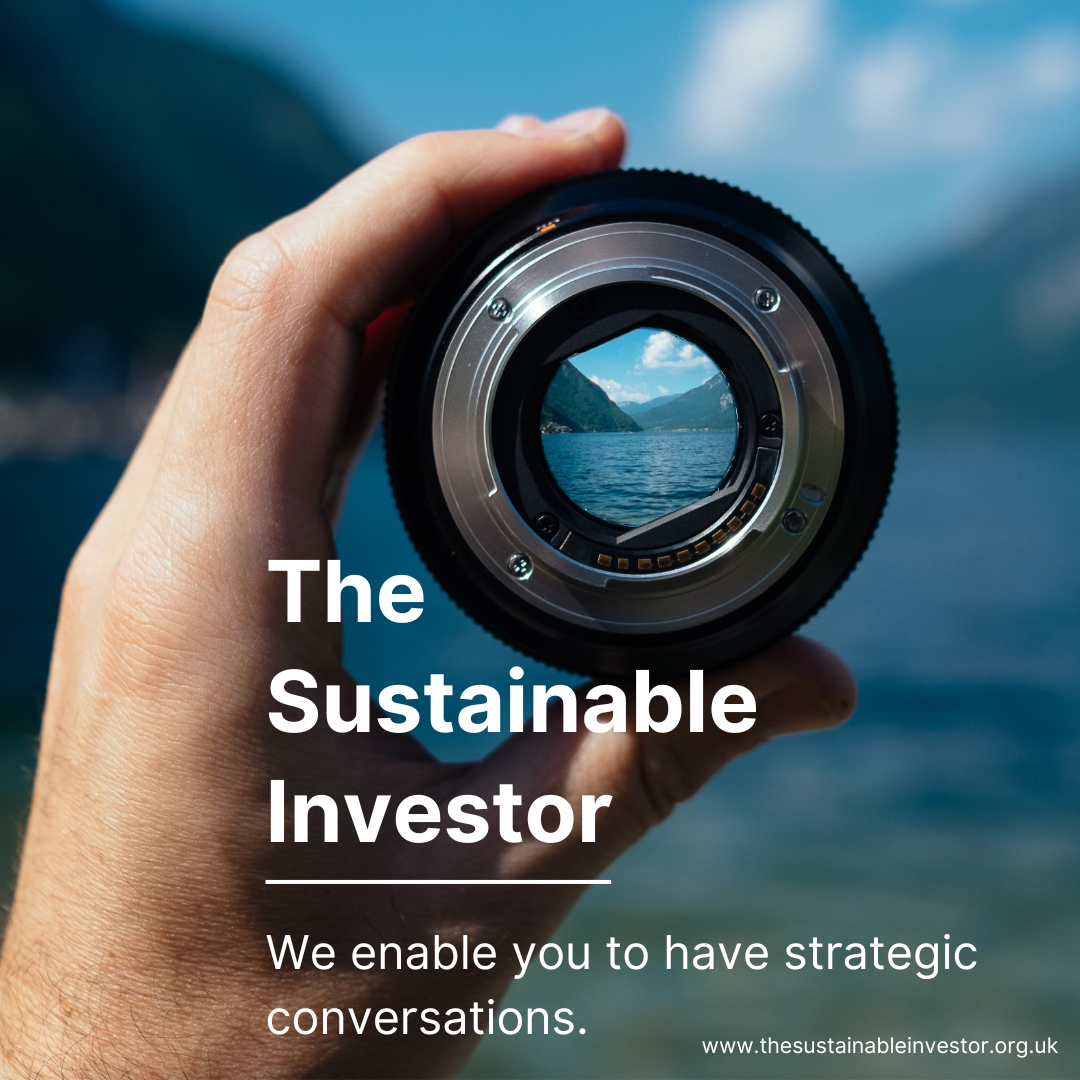
Please read: important legal stuff.




